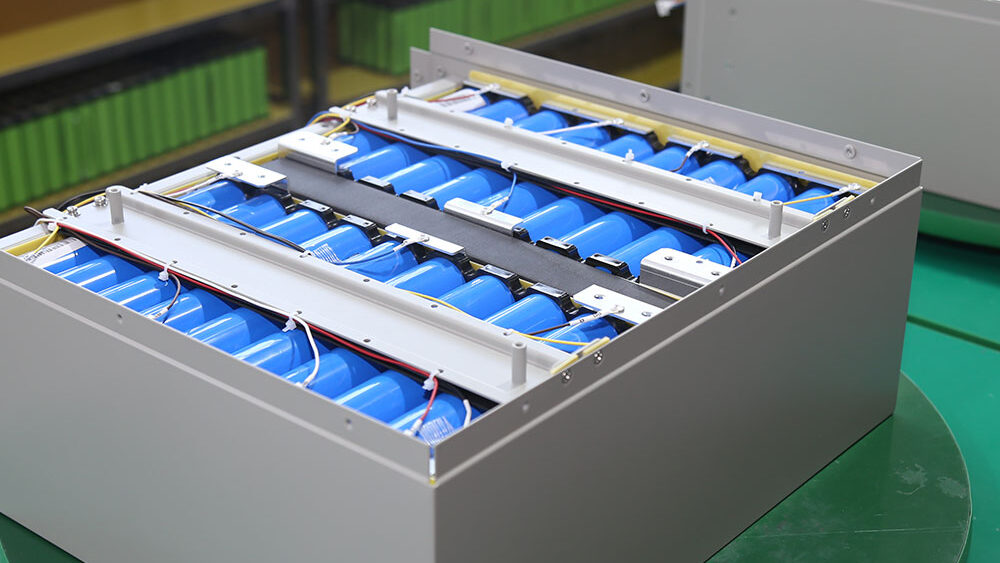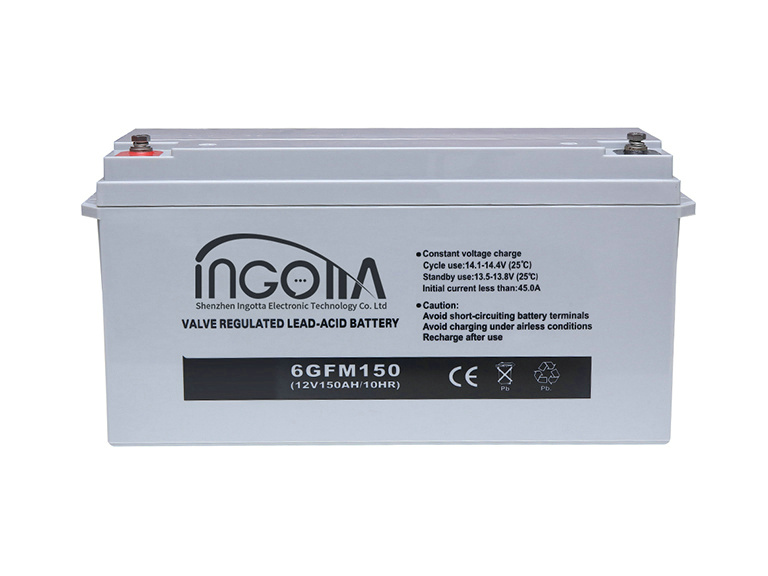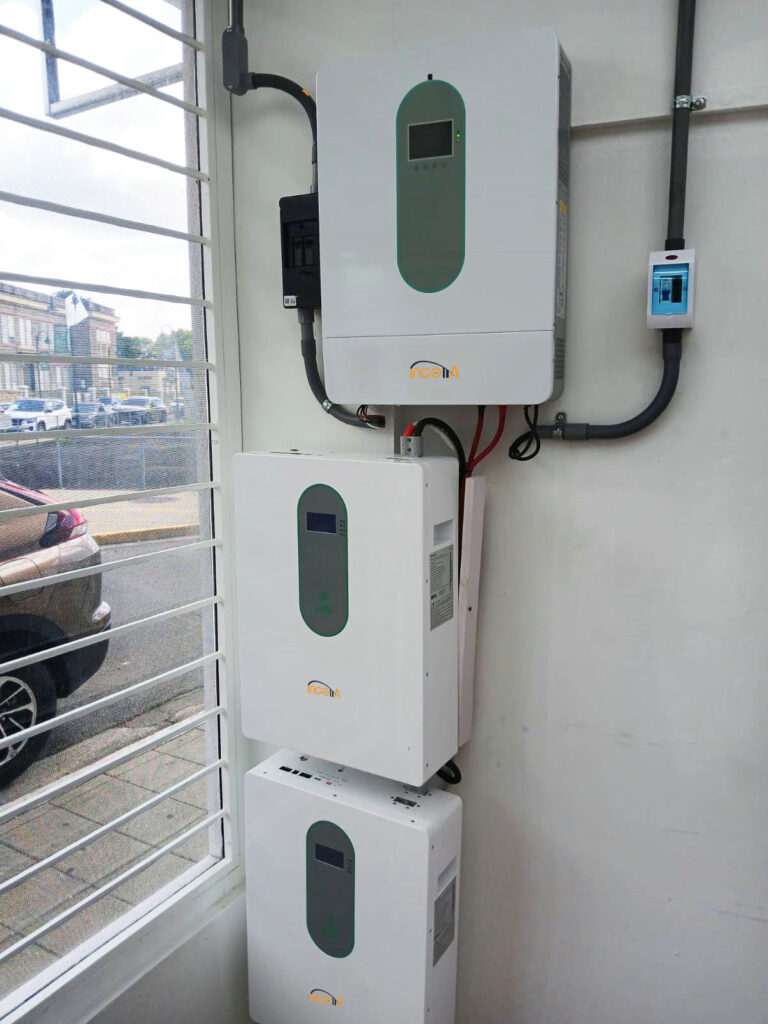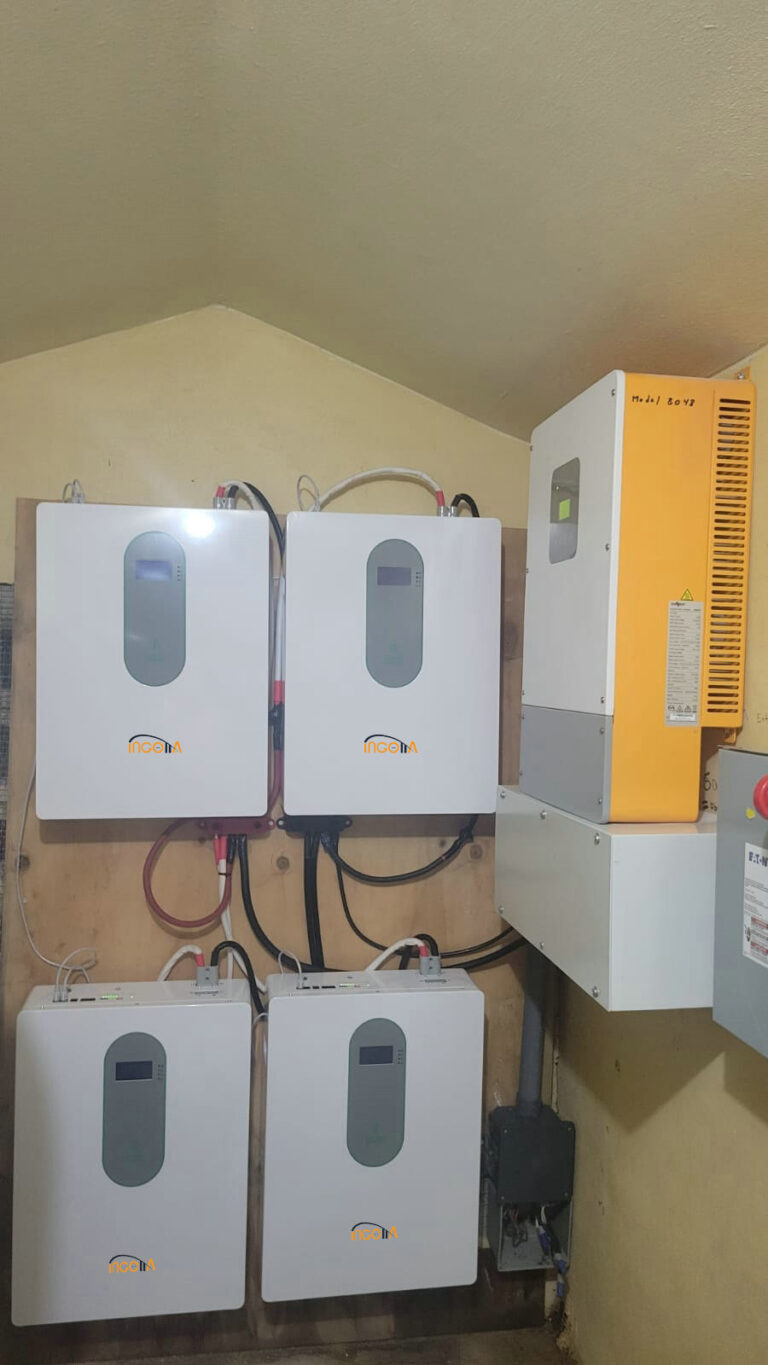Lithium batteries stand apart from other battery chemistries due to their high energy density and low cost per cycle. However, “lithium battery” is an ambiguous term. There are about six common chemistries of lithium batteries, all with their own unique advantages and disadvantages. For renewable energy applications, the predominant chemistry is Lithium Iron Phosphate (LiFePO4). This chemistry has excellent safety, with great thermal stability, high current ratings, long cycle life, and tolerance to abuse.

Solutions
Lithium Iron Phosphate (LiFePO4) is extremely stable lithium chemistry when compared to almost all other lithium chemistries. The battery is assembled with a naturally safe cathode material (iron phosphate). Compared to other lithium chemistries iron phosphate promotes a strong molecular bond, which withstands extreme charging conditions, prolongs cycle life, and maintains chemical integrity over many cycles. This is what gives these batteries their great thermal stability, long cycle life, and tolerance to abuse. LiFePO4 batteries are not prone to overheat, nor are they disposed to ‘thermal runaway’ and therefore do not over-heat or ignite when subjected to rigorous mishandling or harsh environmental conditions.
Unlike flooded lead-acid and other battery chemistries, lithium batteries do not vent dangerous gases such as hydrogen and oxygen. There’s also no danger of exposure to caustic electrolytes such as sulfuric acid or potassium hydroxide. In most cases, these batteries can be stored in confined areas without the risk of explosion and a properly designed system should not require active cooling or venting.
BATTERIES LIFEPO4
Lithium batteries are an assembly composed of many cells, like lead-acid batteries and many other battery types. Lead-acid batteries have a nominal voltage of 2V/cell, whereas lithium battery cells have a nominal voltage of 3.2V. Therefore, to achieve a 12V battery you’ll typically have four cells connected in a series. This will make the nominal voltage of a LiFePO4 12.8V. Eight cells connected in a series make a 24V battery with a nominal voltage of 25.6V and sixteen cells connected in a series make a 48V battery with a nominal voltage of 51.2V. These voltages work very well with your typical 12V, 24V, and 48V inverters.
Lithium batteries are often used to directly replace the lead-acid batteries because they have very similar charging voltages. A four-cell LiFePO4 Battery (12.8V), will typically have a max charge voltage between 14.4-14.6V (depending on manufacturers recommendations). What’s unique to a lithium battery is that it do not need an absorption charge or to be held in a constant voltage state for significant periods of time. Typically, when the battery reaches the max charge voltage it no longer needs to be charged. The discharge characteristics of LiFePO4 batteries is also unique. During discharge, lithium batteries will maintain a much higher voltage than lead-acid batteries typically would under load. It’s not uncommon for a lithium battery to only drop a few tenths of a volt from a full charge to 75% discharged. This can make It difficult to tell how much capacity has been used without battery monitoring equipment.
A significant advantage of lithium over lead-acid batteries is that they do not suffer from deficit cycling. Essentially, this is when the batteries cannot be fully charged before being discharged again the next day. This is a very big problem with lead-acid batteries and can promote significant plate degradation if repeatedly cycled in this manner. LiFePO4 batteries do not need to be fully charged regularly. In fact, it’s possible to slightly improve overall life expectancy with a slight partial charge instead of a full charge.
Efficiency is a very important factor when designing solar electric systems. The round-trip efficiency (from full to dead and back to full) of the average lead-acid battery is about 80%. Other chemistries can be even worse. The round-trip energy efficiency of a Lithium Iron Phosphate battery is upwards of 95-98%. This alone is a significant improvement for systems starved of solar power during winter, the fuel savings from generator charging can be tremendous. The absorption charge stage of lead-acid batteries is particularly inefficient, resulting in efficiencies of 50% or even less. Considering lithium batteries do not absorption charge, the charge time from completely discharged to completely full can be as little as two hours. It’s also important to note that a lithium battery can undergo a nearly complete discharge as rated without significant adverse effects. It is, however, important to make sure the individual cells do not over-discharge. This is the job of the integrated Battery Management System (BMS).
The safety and reliability of lithium batteries are a big concern, thus all assemblies should have an integrated Battery Management System (BMS). The BMS is a system that monitors, evaluates, balances, and protects cells from operating outside the “Safe Operating Area”. The BMS is an essential safety component of a lithium battery system, monitoring and protecting the cells within the battery against over current, under/over voltage, under/over temperature and more. A LiFePO4 cell will be permanently damaged if the voltage of the cell ever falls to less than 2.5V, it will also be permanently damaged if the voltage of the cell increases to more than 4.2V. The BMS monitors each cell and will prevent damage to the cells in the case of under/overvoltage.
Another essential responsibility of the BMS is to balance the pack during charging, guaranteeing all cells get a full charge without overcharging. The cells of a LiFePO4 battery will not automatically balance at the end of the charge cycle. There are slight variations in the impedance through the cells and thus no cell is 100% identical. Therefore, when cycled, some cells will be fully charged or discharged earlier than others. The variance between cells will increase significantly over time if the cells are not balanced.
In lead-acid batteries, current will continue to flow even when one or more of the cells are fully charged. This is a result of the electrolysis taking place within the battery, the water splitting into hydrogen and oxygen. This current helps to fully charge other cells, thus naturally balancing the charge on all cells. However, a fully charged lithium cell will have very high resistance and very little current will flow. The lagging cells will therefore not be fully charged. During balancing the BMS will apply a small load to the fully charged cells, preventing it from overcharging and allowing the other cells to catch up.
energy storage solutions
Lithium batteries offer many benefits over other battery chemistries. They are a safe and reliable battery solution, with no fear of thermal runaway and/or catastrophic meltdown, which is a significant possibility from other lithium battery types. These batteries offer extremely long cycle life, with some manufacturers even warranting batteries for up to 10,000 cycles. With high discharge and recharge rates upwards of C/2 continuous and a round-trip efficiency of up to 98%, it’s no wonder these batteries are gaining traction within the industry. Lithium Iron Phosphate (LiFePO4) is a perfect energy storage solution.





